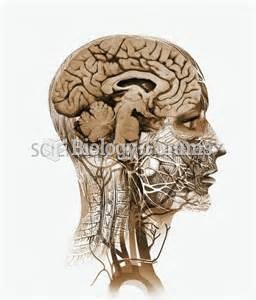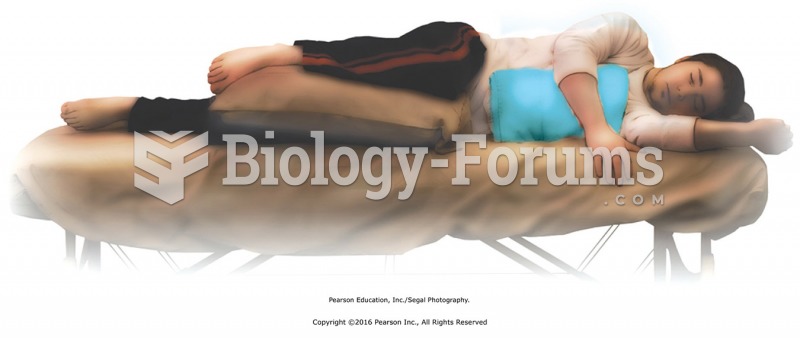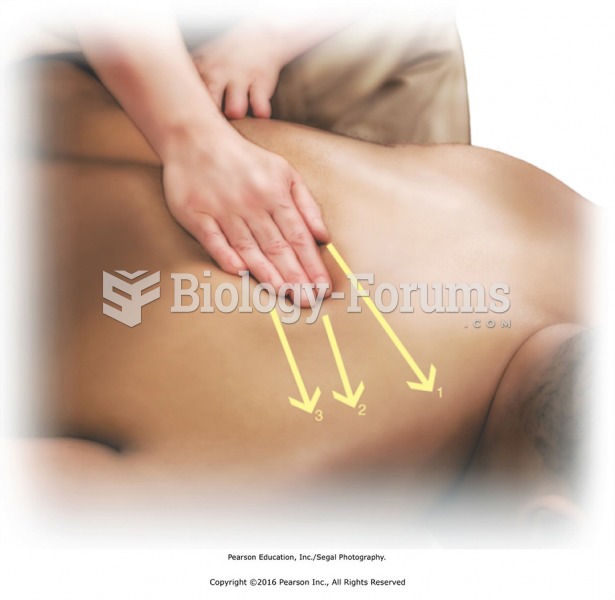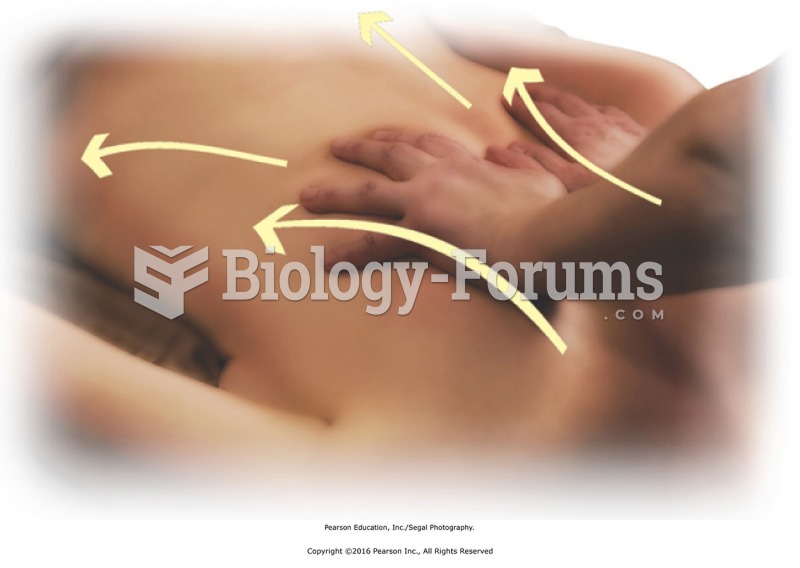|
|
|
Certain rare plants containing cyanide include apricot pits and a type of potato called cassava. Fortunately, only chronic or massive ingestion of any of these plants can lead to serious poisoning.
Your chance of developing a kidney stone is 1 in 10. In recent years, approximately 3.7 million people in the United States were diagnosed with a kidney disease.
Not getting enough sleep can greatly weaken the immune system. Lack of sleep makes you more likely to catch a cold, or more difficult to fight off an infection.
Every 10 seconds, a person in the United States goes to the emergency room complaining of head pain. About 1.2 million visits are for acute migraine attacks.
Human neurons are so small that they require a microscope in order to be seen. However, some neurons can be up to 3 feet long, such as those that extend from the spinal cord to the toes.
 Technology has changed our lives fundamentally. The connection to each telephone call used to have ...
Technology has changed our lives fundamentally. The connection to each telephone call used to have ...
 Reinstall the valve cover being careful to not pinch a wire or vacuum hose between the cover and ...
Reinstall the valve cover being careful to not pinch a wire or vacuum hose between the cover and ...





